October 07, 2017 0 Comments


Louis Comfort Tiffany, son of Charles Lewis Tiffany of the famous silver and jewelry brand Tiffany & Co, was born February 18 (Aquarius/ Pisces cusp, obviously) 1848 in New York City. Throughout his life he became the leader in modern stained glass technique, while also succeeding in interior and furniture design. He is well known in the Art Nouveau and Aesthetic movements, and many of his original designs are highly sought after today.
Louis Tiffany spent most of his life designing. He started as a painter; training under big names such as Samuel Colman and George Inness, and later around 1875 used his knowledge of color blending and composition to begin his career designing glass works. He developed and perfected what is known as the “copper foil” technique, which involved coating the edges of colored glass in copper and then soldering them together to achieve fine detail. Previous methods used for hundreds of years prior involved using colorless glass that was painted, then set in lead-based chemicals.
In 1893, he opened his glass factory, Tiffany Glass Furnaces, in Queens New York. It is here where mass production for his coveted Tiffany Lamps began, including other interior objects such as glass, enamel, pottery, wall coverings, furniture and more. Quoting William Morris, Louis Tiffany shared the sentiment of, “What business have we with art at all unless all can share it?” and from this philosophy successfully created an aesthetic and product that was accessible to the masses. He is known for trademarking the term “Favrille,” the old French term for “handmade,” and also for employing hundreds of single women artists known as the “Tiffany Girls” to design his pieces, including Clara Driscoll who designed over thirty of the company’s coveted lamps, including the famous Wisteria, Dragonfly, Peony, and Daffodil styles. By 1902, he had become the first Design Director for his father’s company, Tiffany & Co.
Through his life until his death in January of 1933, his commitment to fine design and his work within the arts community pushed the limits of what one could achieve with a glass medium. His discerning taste for color inspired by nature contributed heavily to the Art Nouveau movement, while also challenging the modern aesthetic of traditional and mostly religious use of stained glass. His accomplishments of nearly a dozen design awards coupled with a successful glass production business added considerably to his family’s legacy, and today his pieces are highly sought after as Tiffany Lamps are no longer in production.

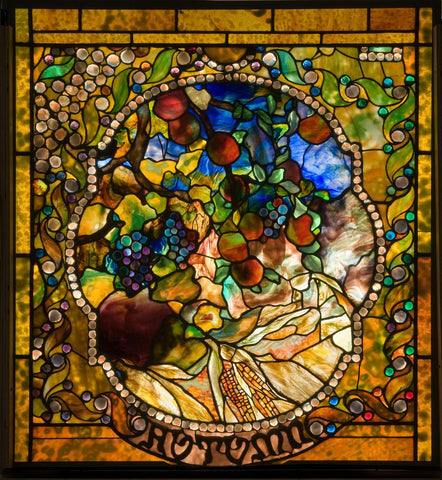
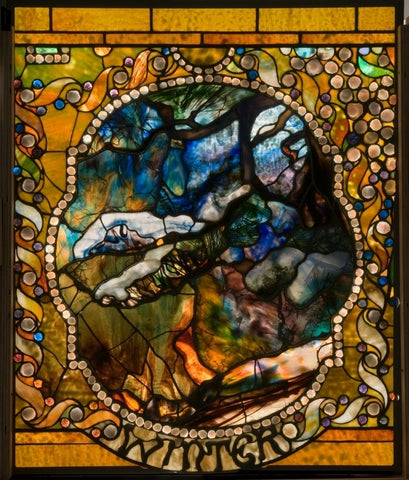


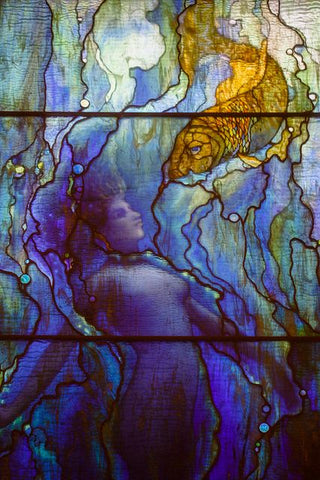
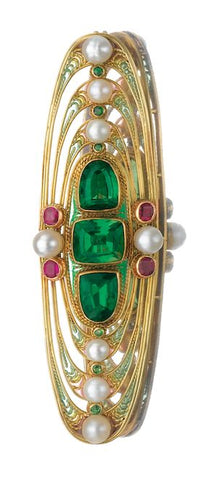
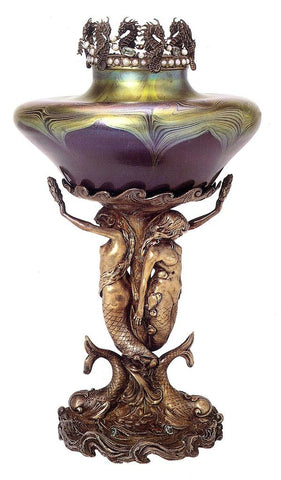


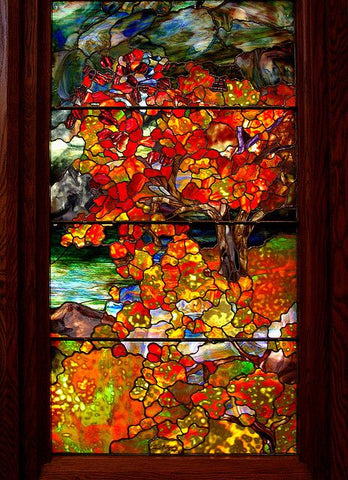






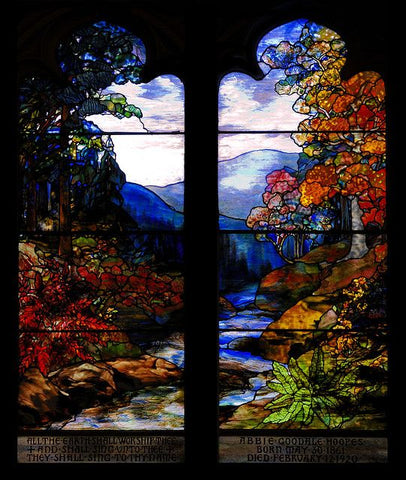




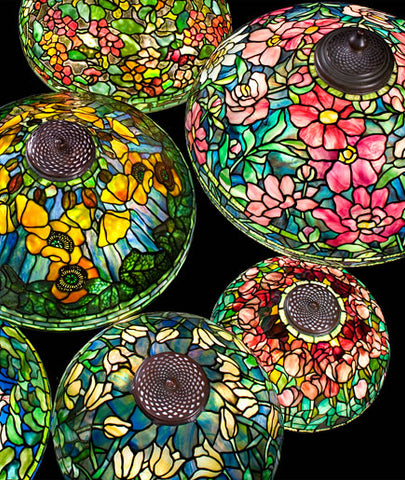

January 02, 2022 0 Comments
August 10, 2018 0 Comments
July 07, 2018 0 Comments